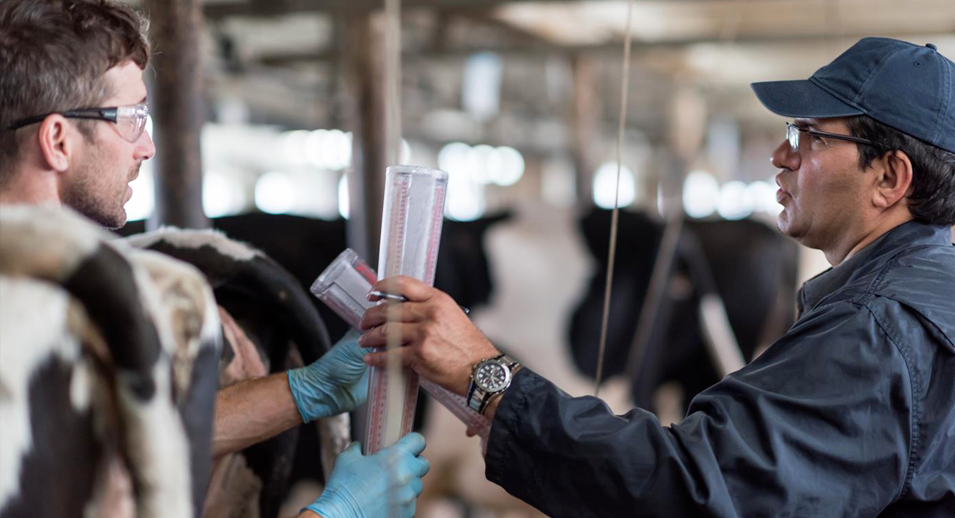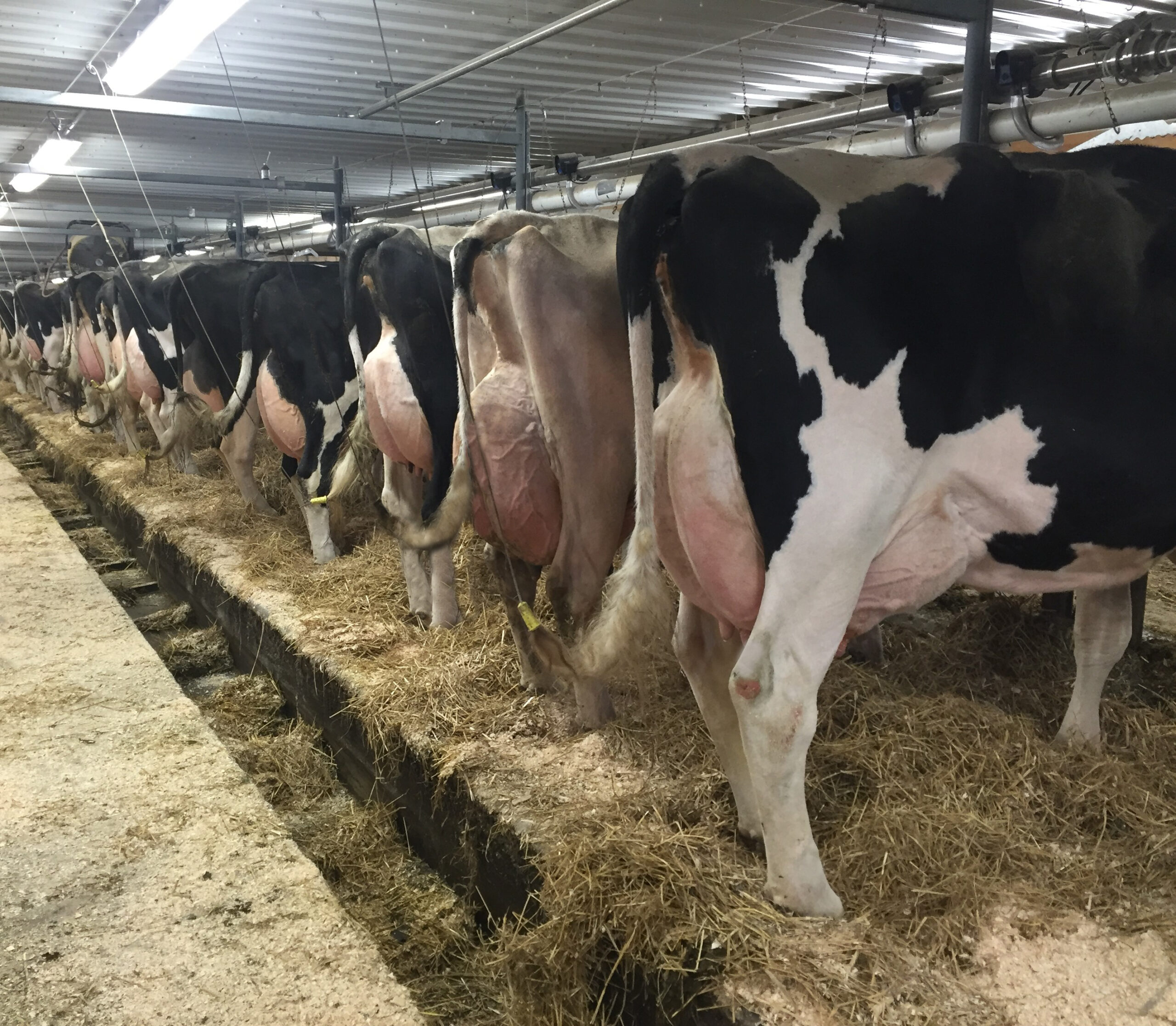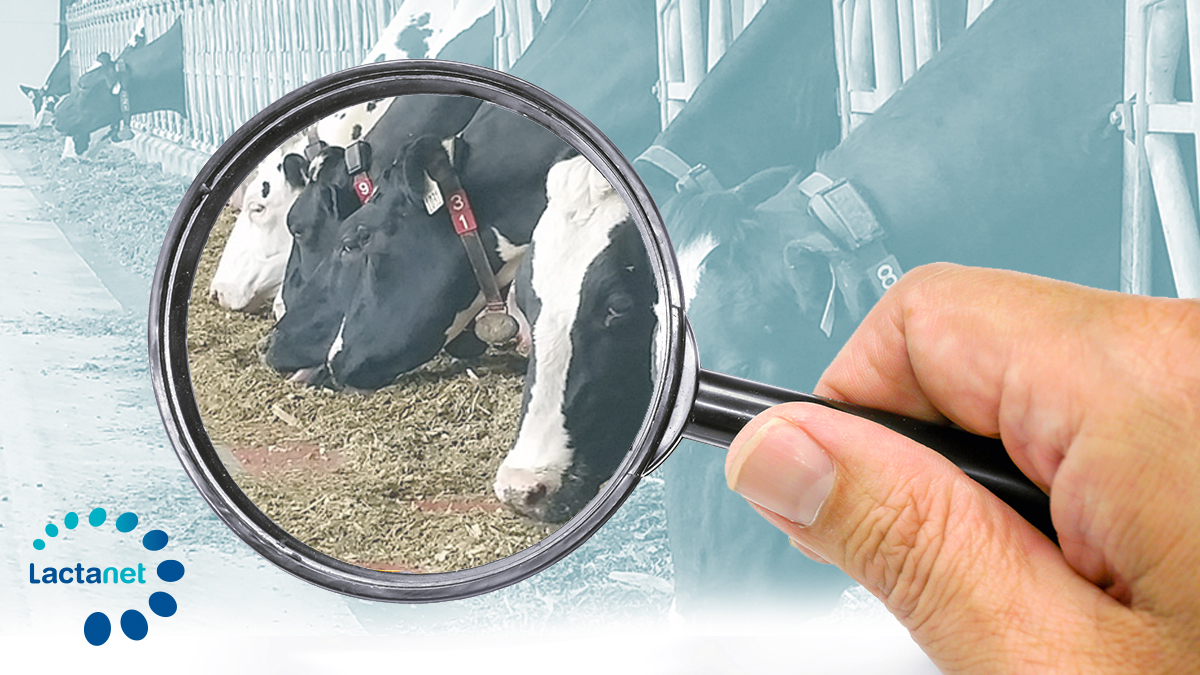Three golden rules to ensure the integrity of milk recording production data
- June 21, 2019
One of the fundamental responsibilities of milk recording is to ensure data quality and data integrity. Dairy producers use the data to manage their herd and a number of industry partners also make great use of milk recording data performance. It is therefore extremely important that test day production (milk and components) be reflective of the actual herd’s production and that of each cow.

In order to achieve this, the producer and the Lactanet technician must work together to ensure that the milk recording standards and procedures approved in Canada are applied. Thus, the strong collaboration of producers in providing reliable data is essential.
Here are three criteria that will help to produce data of the desired quality:
1. It is important to respect the same milking schedule on test day that you would usually follow on any other day, which means:
- Observe the usual time intervals between milkings;
- Follow the usual milking order;
- Have the same number of meters (milk meters) as milking units;
- Test all cows;
- Make sure that the chronograph displays the exact start time for both the previous milking and the official milk test. The reason? Correction factors are used to estimate milk production and fat content over a 24-hour period, from morning or evening weighing or dosing, as appropriate.
2. Be rigourous when collecting production data:
- Use milk meters which are certified by ICAR and make sure they are verified for accuracy annually based on the the canadian milk recording standards;
- Make sure that the meters are perpendicular to the ground line;
- Make sure that the reading on the lactometer does not include the foam;
- Ensure that all cows are clearly identified.
3. Provide accurate information on the use of milk on the farm:
The bulk tank comparison is an important measure used for data validation purposes. We aim to have the production of the herd on the day of the test as close as possible to the volume of the reservoir, i.e. from 97% to 103% of the volume.
Here are the key elements that promote good comparisons:
- Make sure that the cows that are tested are the same as the ones in the tank.
To achieve this, you must consider cows that have been tested but whose milk has not been sent to the tank (cows under treatment with milk withdrawal, cows that are too fresh) or the opposite (a cow that was either culled or dried off a few days prior to the test).
- Ensure that milk produced and used on the farm, but not delivered, is accurate.
Include : milk used to feed calves, set aside for personal use, used to produce cheese, milk discarded in times of overproduction, residual milk found in the milking system and/or plate cooler, etc. It is necessary that these undelivered quantities be taken into account in the calculation.
- For customers with a robotic milking system: data transfer with Ori-Automate (available in QC and Atlantic provinces) uses all milkings within the last 96 hours (an ICAR standard). In this situation, it is preferable to compare it with the average of the last two tank deliveries, i.e. the equivalent of 4 production days.
- Maintain good communication with your technician to answer his questions if necessary.
When the tank and milk recording data do not match....
If the production or component data does not adequately match the data from the deliveries to the tank, a review of the milking process will be carried out by Lactanet to improve the situation. Producers will then be called upon to collaborate by providing answers and update milk recording procedures if necessary. The quality of the data and the performance of the herd are at stake!
If you have any doubts about the quality of the data or if the data from the bulk tank is different from the milk recording data, do not hesitate to talk to your technician or contact our customer service.











